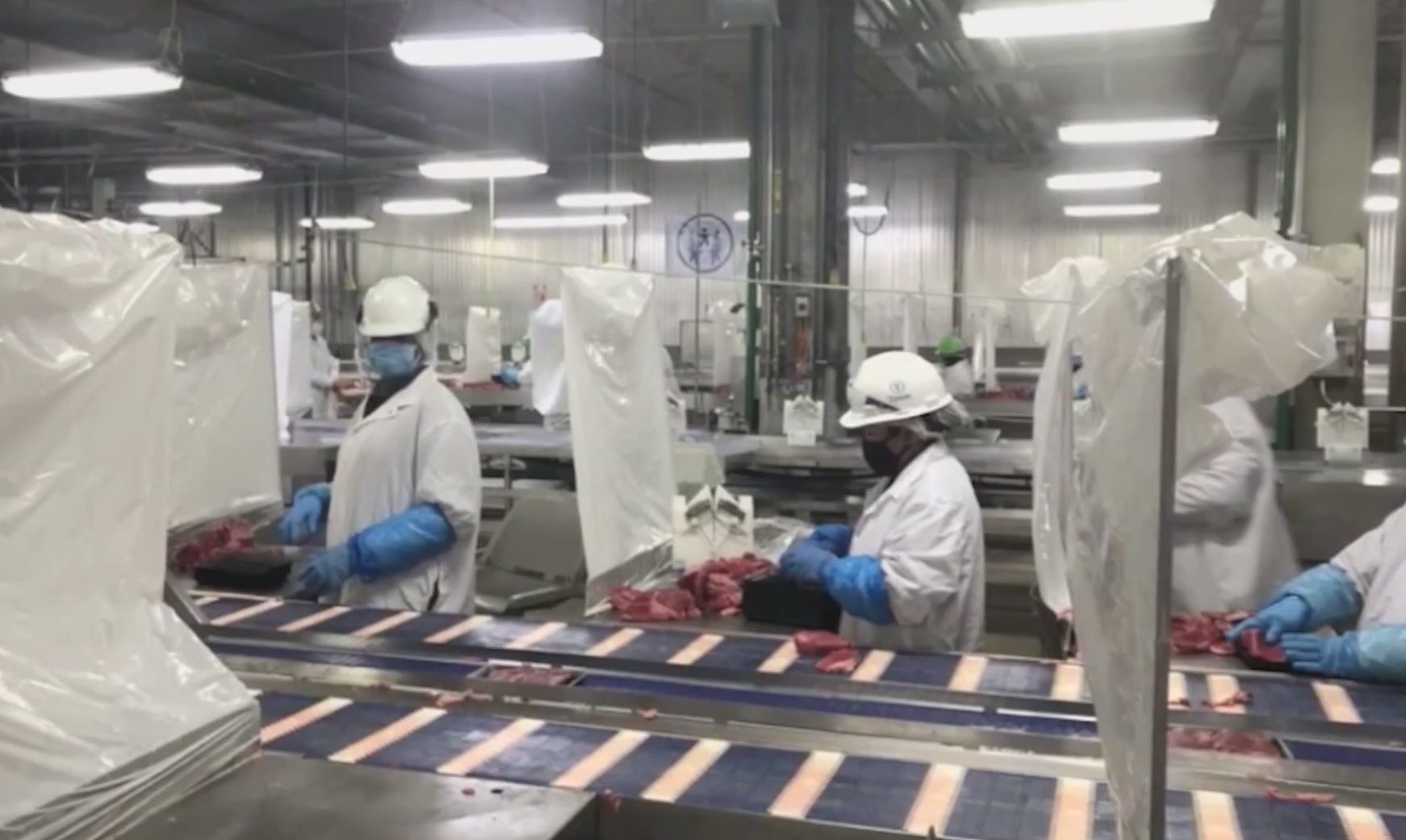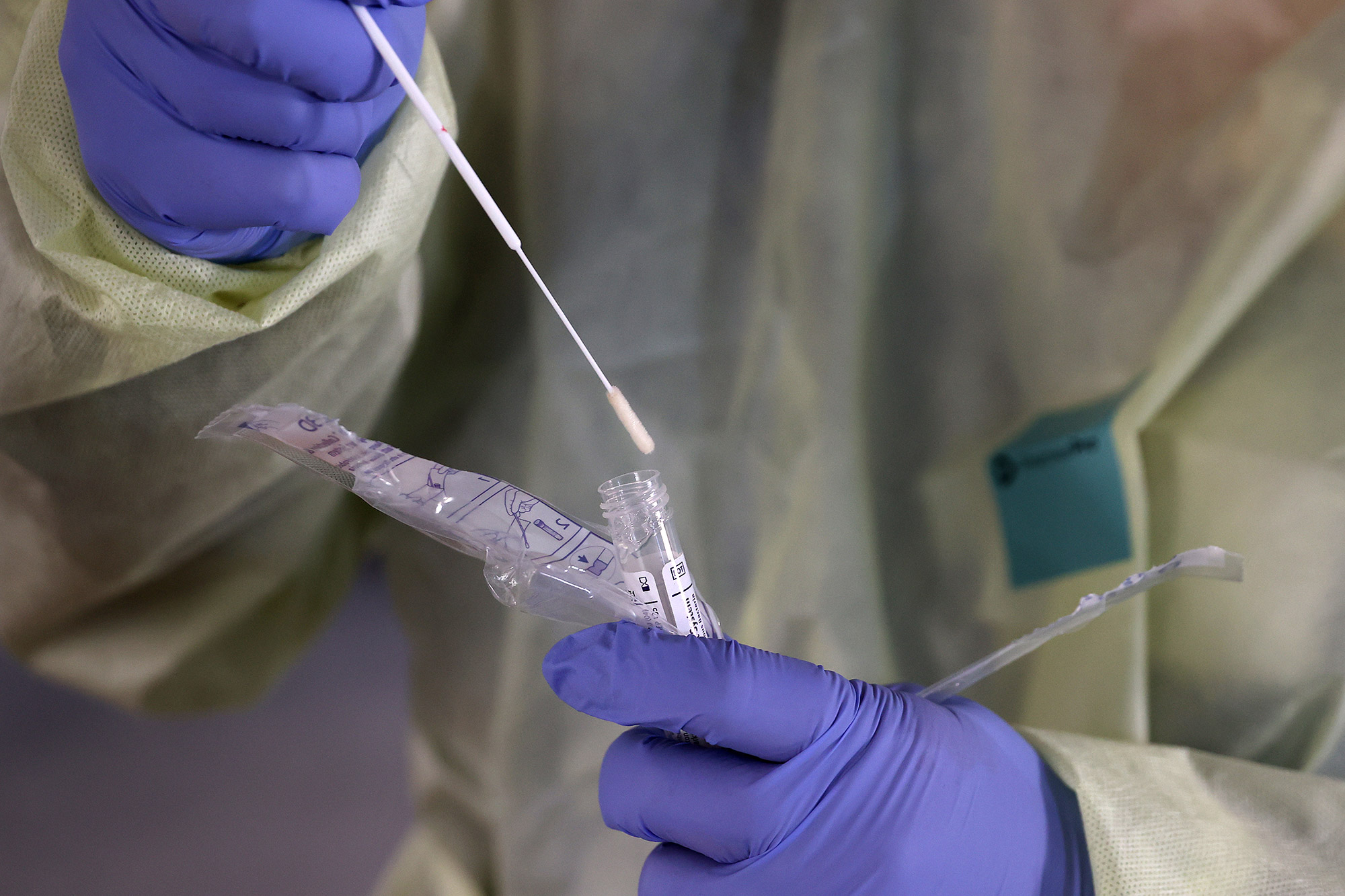KANSAS CITY, Mo. — It happened in an instant. Joshua Reliford was giving one of his employees a ride to work when a car pulled out in front of him.
“I immediately grabbed my face, and then I can remember asking my employee was she OK?”
But all Reliford said he heard was his employee screaming. Not because she was hurt — he was.
“When I let go of my hand, that’s when the blood flowed out, and I think that’s what scared her the most,” Reliford said.
He had been hit with metal fragments from his airbag — a Takata airbag. The now well-known problem is with the airbag’s inflator (a metal cartridge loaded with propellant wafer) that when deployed can ignite with explosive force and throw shrapnel at anyone inside the car.
In Reliford’s case, into his right eye.
“It was severely damaged, and it was crushed, and we were unable to save it,” said Reliford who at the time of his accident was living in Paducah, Kentucky.
It took multiple surgeries to remove his eye and rebuild the socket (using a bone from his rib) before he could be fitted with a prosthetic eye.
Although Reliford’s crash was four years ago, those same Takata airbags are still in millions of cars today. In fact, the number included in a nationwide recall tripled this year to more than 41 million cars. That means one in six cars on U.S. roads have Takata airbags.
Despite that, many drivers are unaware of the danger.
“It goes across all manufacturers,” said attorney Kent Emison, of Langford and Emison, who represented Reliford in a lawsuit. “I think there were 19 manufactures that put the Takata airbag in their vehicle.”
Most Takata airbags were installed in cars built between 2002 to 2015 before the airbag was finally pulled off the market.
Nationwide, 16 people have died and 200 have been hurt. Consumer advocates say many of those casualties should never have happened since federal regulators received warnings about the airbag as early as the mid-2000s, but took action until almost a decade later.
“This is an agency that has a long history of being asleep at the wheel,” said Sean Kane, president of Safety Research and Strategies.
Kane blamed the National Highway Traffic Safety Administration, which he said is chronically underfunded, understaffed and outgunned.
“They should be getting back to their public health roots and determine how they can prevent problems rather than waiting for the body counts,” Kane said.
Reliford had no idea his 2001 Honda Civic even had a Takata airbag until six months after his crash. That’s when he finally received a recall notice in the mail.
Emison said even when people do get notified they can still wait months before having the airbag replaced. That’s because the few factories that make airbags have a massive backlog of orders dealing with the Takata recall.
“The Takata airbag recall manufacture would send out a letter,” Emison said. “They would tell people not to drive the vehicle. So you would have a choice: Drive a dangerous vehicle or let it sit. That’s a choice a consumer should not be placed in.”
For Reliford, that Takata airbag severely altered the course of his young life. Blind in one eye and unable to work for more than a year because of multiple surgeries, he sank into a deep depression.
“It was a very dark phase for me,” Reliford said. “For a time, it would have felt better if my life had come to an end.”
Now that his wounds have healed and with the financial help of confidential legal settlement, Reliford is hopeful about the future.
He’s working again and has a girlfriend. But he knows he will always have the scars that robbed him of an eye — but could have cost him his life.
To find out whether you have a Takata airbag in your vehicle, visit this site.
The National Highway Traffic Safety Administration sent FOX4 the following statement:
“The National Highway Traffic Safety Administration (NHTSA) took unprecedented action to investigate and require recalls of Takata’s defective air bags, including through use of consent orders, a coordinated remedy order, and the appointment of an Independent Monitor to oversee the largest, most complex recalls in the nation’s history.
“Takata falsified test data and failed to disclose information to NHTSA about the air bag defect, which led to its criminal prosecution and record civil penalties. NHTSA’s actions have resulted in accelerated production of replacement parts and the prioritization of repairs based on risk.
“NHTSA has made it a priority to work with the auto manufacturers to reach vehicle owners and replace unrepaired Takata air bags in vehicles throughout the nation. (See Acting Administrator James Owens’ recent social media update on the Takata recall.)
“NHTSA maintains robust oversight of these recalls and will not hesitate to take decisive action – including enforcement action – as warranted.”





